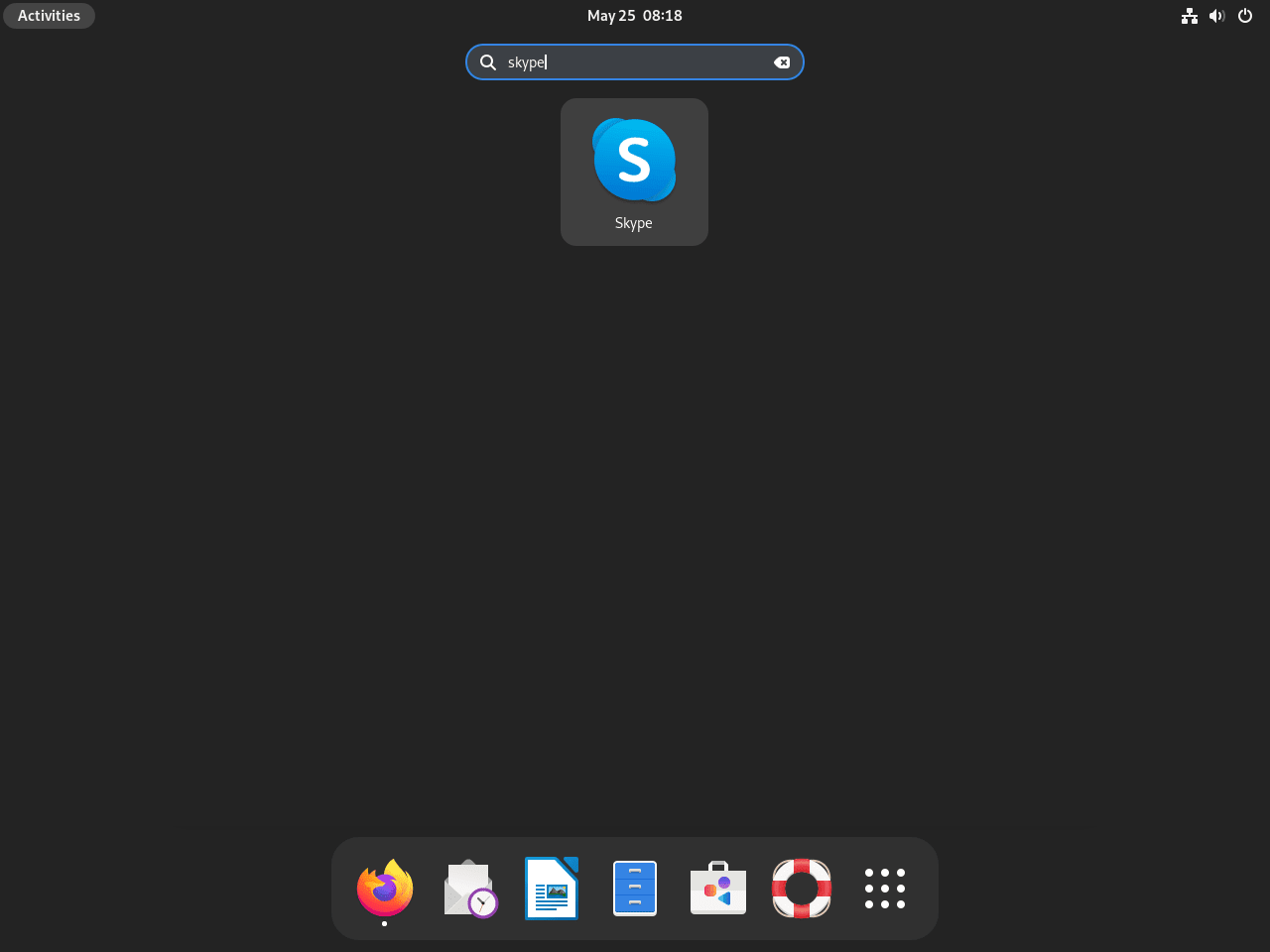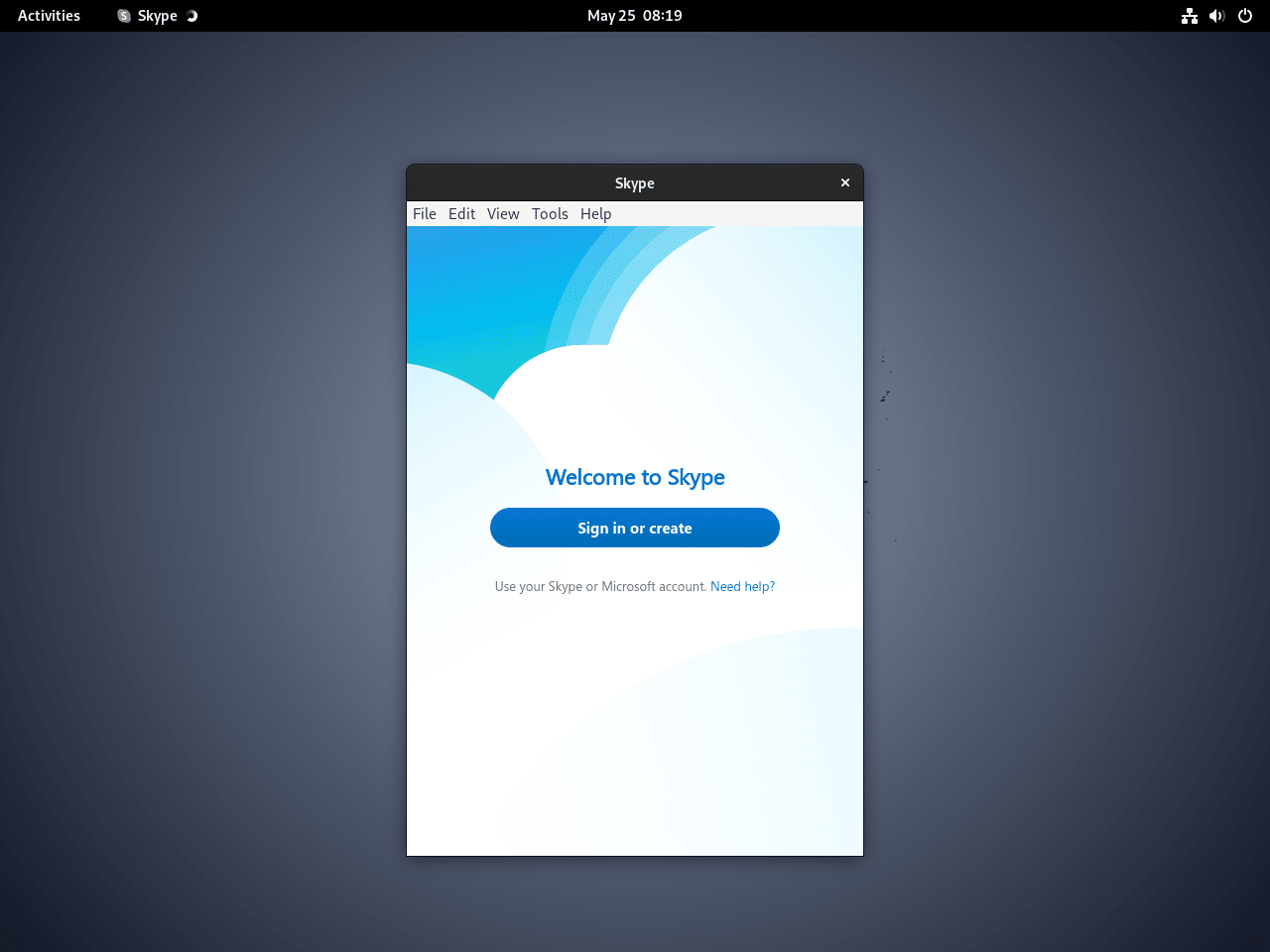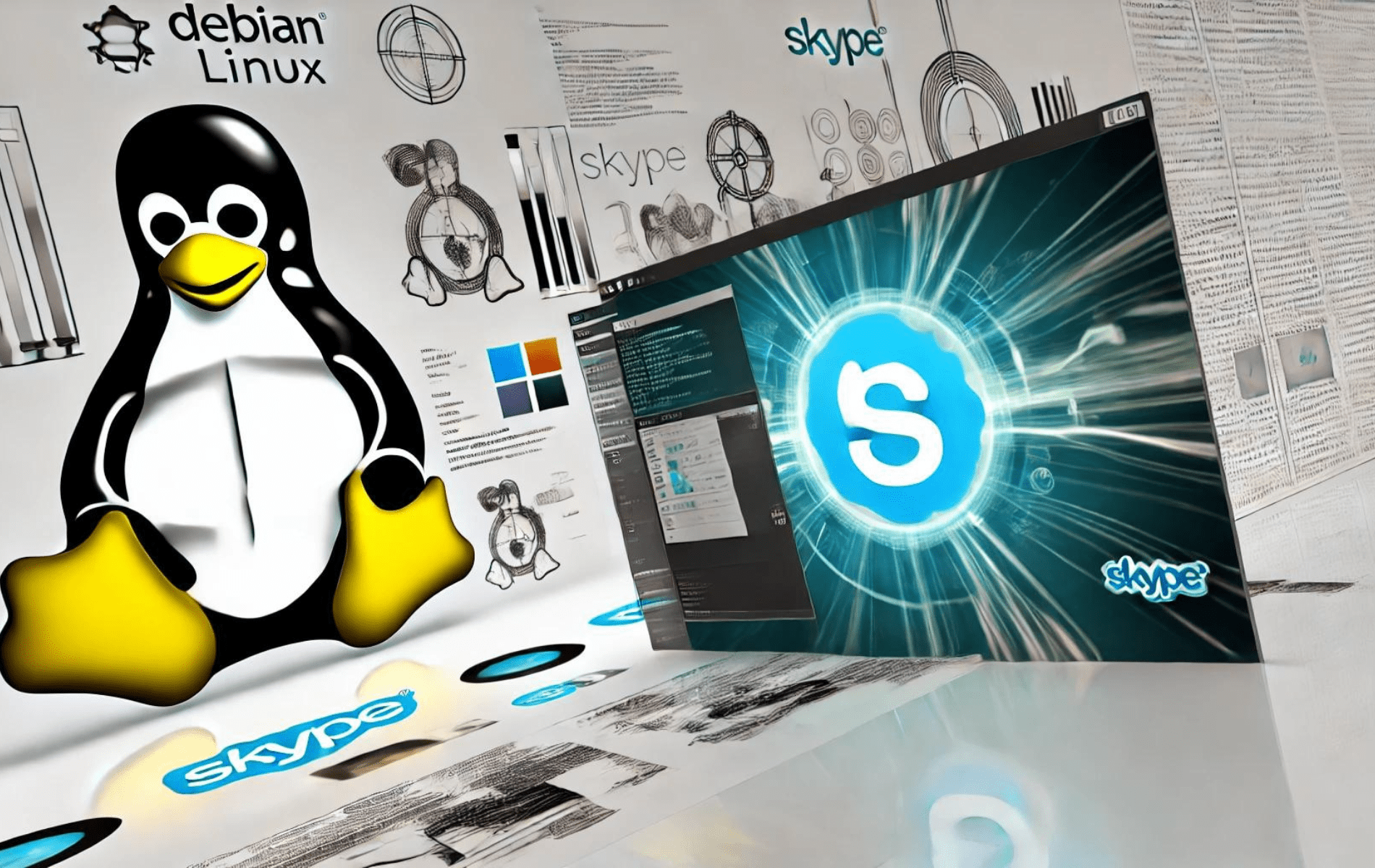Using Skype on Debian offers a seamless experience for personal and professional communication. This article will guide you through installing and optimizing the Skype Linux client on your Debian system.
- Cross-Platform Compatibility: Connect with users on different operating systems effortlessly.
- HD Video Calling: Experience clear and sharp video calls with friends, family, and colleagues.
- Screen Sharing: Share your screen for presentations, troubleshooting, or collaboration.
- Chat Functionality: Enjoy rich text conversations with support for file sharing, emoticons, and more.
- Low Resource Usage: Skype on Linux is optimized to run efficiently, even on older hardware.
- Frequent Updates: Stay secure and enjoy the latest features with regular updates.
- Integration with Other Microsoft Services: Easily access and use Skype alongside Microsoft services like OneDrive and Outlook.
With these features in mind, let’s proceed to installing Skype on your system.
Update Debian Before Skype Installation
The first step in installing Skype involves refreshing the Debian system packages. By performing an update, we ensure that all installed software runs the most recent version, resulting in a more secure and stable operating environment.
Launch your terminal and execute the following command:
sudo apt update && sudo apt upgradeIn this command, sudo apt update updates the package list, while sudo apt upgrade upgrades all updatable packages.
Install Initial Packages on Debian For Skype Installation
Certain dependencies are required to ensure a smooth installation process. This step involves installing these essential packages, which include software-properties-common, apt-transport-https, curl, and ca-certificates.
Enter the following command into your terminal:
sudo apt install software-properties-common apt-transport-https curl ca-certificatesThese packages serve specific purposes. software-properties-common provides certain scripts that aid in managing software, apt-transport-https allows the package manager to transfer files and data over https, curl is a tool used to transfer data from or to a server, and ca-certificates is used to check the SSL certificate of the packages.
Proceed to Install Skype on Debian via APT Command
First, we must import the GPG key from the Skype repository to install Skype. This key ensures that the data installed on your system is precisely the data the provider intended. Without it, we cannot proceed with the installation.
Use the following command to download and import the GPG key:
curl -fsSL https://repo.skype.com/data/SKYPE-GPG-KEY | sudo gpg --dearmor | sudo tee /usr/share/keyrings/skype.gpg > /dev/nullWith the GPG key successfully imported, we can proceed with the installation of Skype. Note that there are two options here: the stable version and the preview (beta) version.
Option 1: Install Skype Stable Version
The stable version is recommended for users seeking a more reliable experience. It has been thoroughly tested and is likely to have fewer bugs.
The following command adds the Skype stable repository to your system:
echo deb [arch=amd64 signed-by=/usr/share/keyrings/skype.gpg] https://repo.skype.com/deb stable main | sudo tee /etc/apt/sources.list.d/skype.listAfter adding the Skype stable repository, refresh the package list using:
sudo apt updateNow, install the stable version of the Skype client:
sudo apt install skypeforlinuxOption 2: Install Skype Preview (Beta) Version
The preview (beta) version is an option for users willing to potentially encounter bugs in exchange for early access to new features.
To add the Skype preview repository to your system, use the following command:
echo deb [arch=amd64 signed-by=/usr/share/keyrings/skype.gpg] https://repo.skype.com/deb preview main | sudo tee /etc/apt/sources.list.d/skype.listAfter adding the Skype preview repository, update the package list:
sudo apt updateLastly, install the Skype Preview version with the following command:
sudo apt install skypeforlinuxNote: Neither version can coexist in the same system. Should you switch versions, you’d need to remove the current repository, import the new one, and reinstall Skype.
Launching Skype User Interface
Now that we’ve completed the installation process, it’s time to start using Skype on your Debian system. There are several different methods for launching Skype. Let’s walk through them.
Terminal Command
One method to start Skype is by utilizing the terminal. To launch Skype from the terminal, you can input the following command:
skypeGraphical Icon Path
For day-to-day usage, launching Skype from the Applications Menu proves more efficient. This method resembles how you would launch an application on other operating systems and provides a more intuitive graphical user interface (GUI) for most users.
To launch Skype using this method, navigate to:
Activities > Show Applications > Skype

Managing Skype Installation
Update Skype
Firstly, check for available system updates. This includes updates for Skype if they exist. You can do this by typing the following command into your terminal:
sudo apt updateIf there are updates available, they won’t be installed automatically. You need to instruct your system to apply these updates explicitly. For this, you’ll use the ‘upgrade’ option as shown below:
sudo apt upgradeBy running this command, you instruct your Debian system to upgrade all out-of-date software packages, including Skype, to their latest versions.
Remove Skype
There may come a time when you no longer need Skype on your Debian Linux system. If you wish to uninstall Skype, you can do this easily by executing the following command:
sudo apt remove skypeforlinuxUpon running this command, Skype will be uninstalled from your system. However, the repository information and the GPG key used during installation will still exist. If you want to remove these files as well, you can do so with the following commands:
sudo rm /etc/apt/sources.list.d/skype.list
sudo rm /usr/share/keyrings/skype.gpgConcluding Thoughts
We’ve covered installing and managing Skype on a Debian Linux system. We started by preparing your Debian system for installation and then proceeded to install Skype. We looked at both the stable and preview versions so you can decide which best fits your needs. After that, we discussed how to start Skype on Debian, getting you ready to chat immediately.
For a deeper understanding, consider checking out more resources about Skype from their official website.


hi Joshua,
thank you very much indeed for an understandable article with complete info regards skype install which worked perfect on a debian 12
You may want to update this article
: Failed to fetch https://repo.skype.com/deb/dists/stable/InRelease 503 Service Unavailable [IP: 23.46.52.176 443